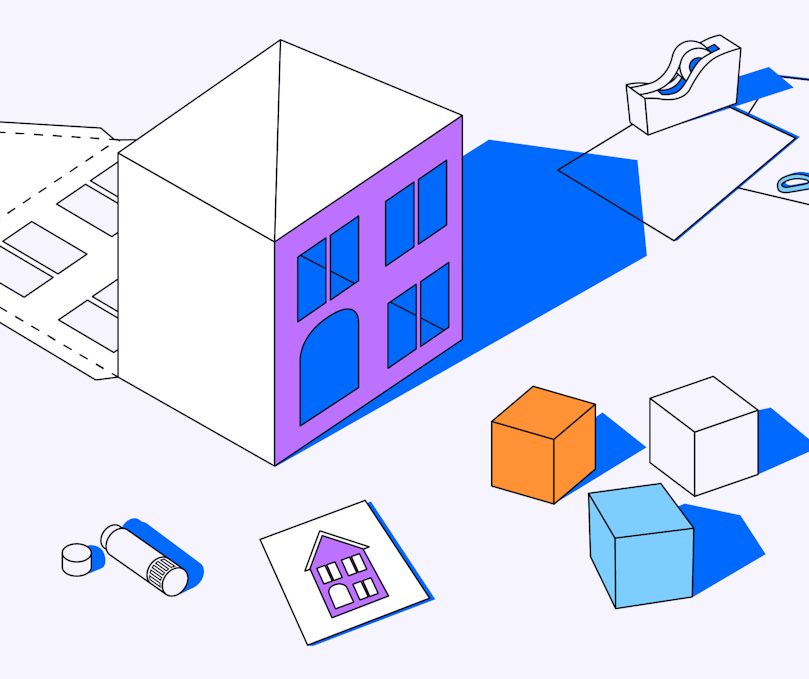
Design & Product
A guide to rapid prototyping: Benefits, processes, and best practices
UX Research Glossary / Low-Fidelity Prototype
Share
A low-fidelity prototype is a basic version of a product, typically used in the early stages of design. It focuses on key features, user flows, and functionality rather than detailed visuals or interactions. These prototypes are often hand-drawn or created with tools like Figma to quickly communicate ideas and gather feedback without heavy time or resource investment.
Because they lack detailed visuals or interactive elements, low-fidelity prototypes are better suited for brainstorming and testing rough ideas rather than final usability testing. They're ideal for rapid prototype testing and stakeholder collaboration before moving to high-fidelity versions for deeper testing and refinement.
Also see High-Fidelity Prototype